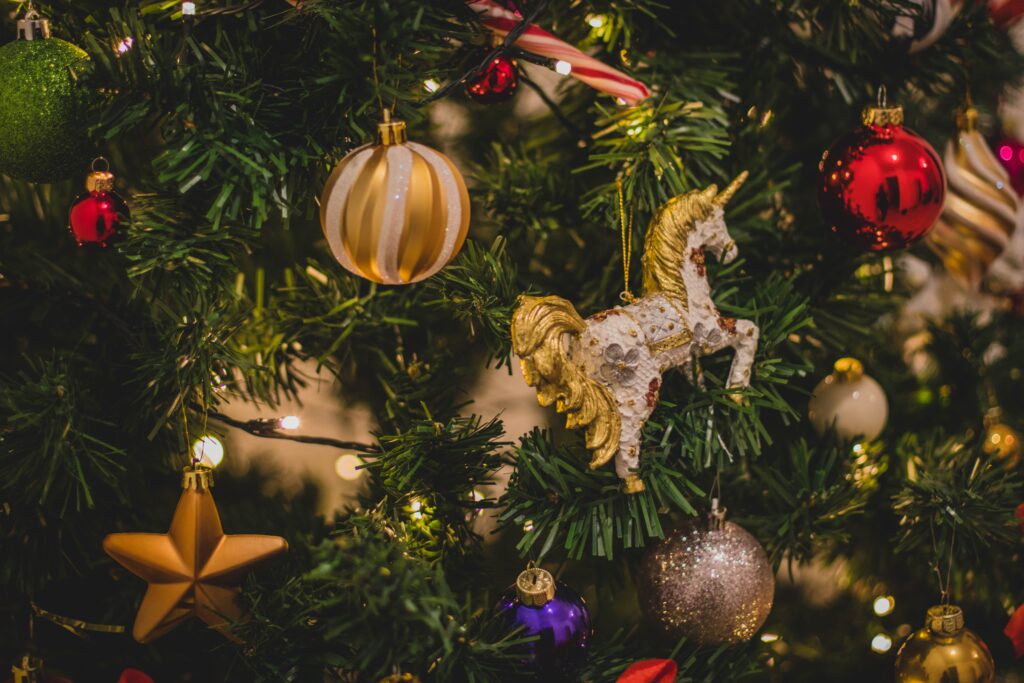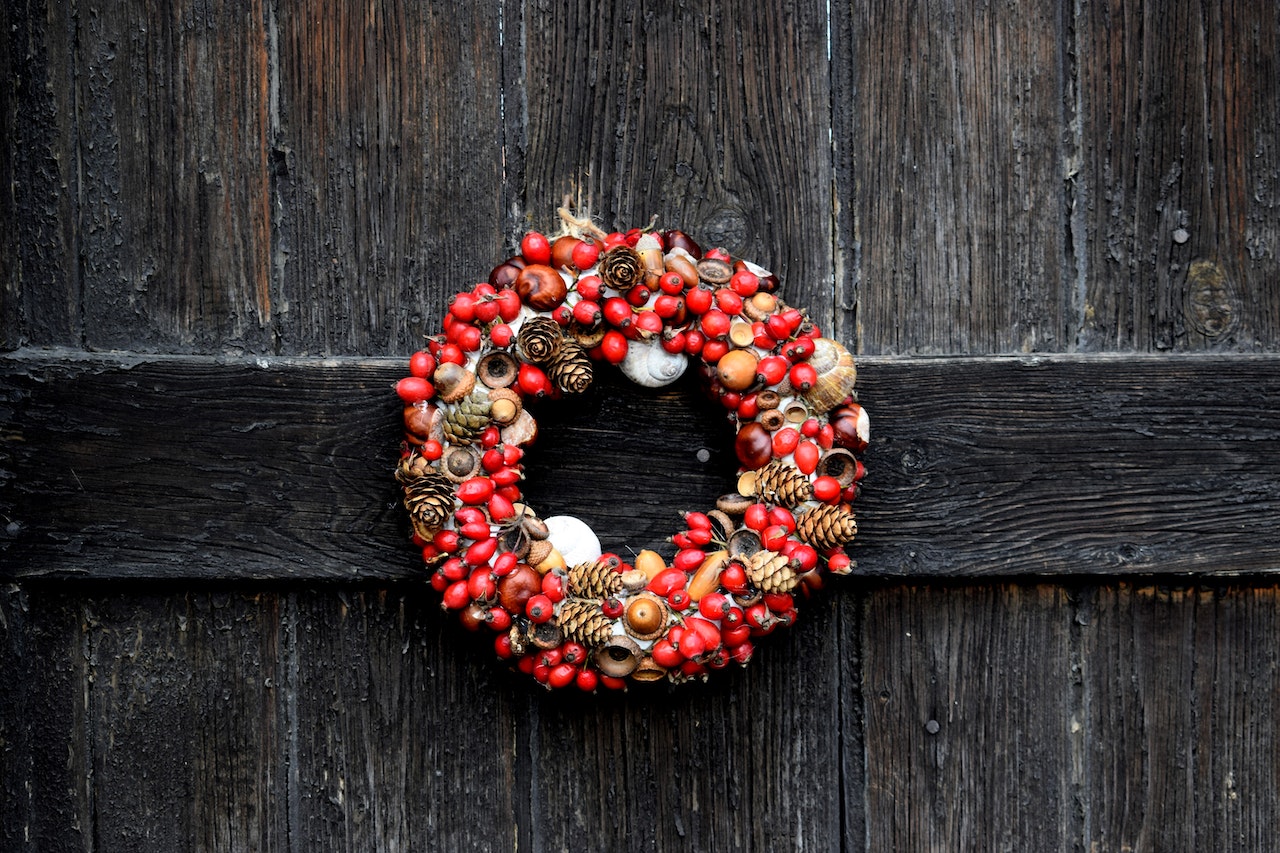For centuries, Christmas has been celebrated as a time of joy and togetherness, and one of the most cherished traditions of this festive season is decorating the Christmas tree. The practice of hanging glass ornaments on Christmas trees is a relatively modern one, dating back to the mid-19th century. However, the history of glass ornaments and their journey to becoming a beloved Christmas decoration is a long and fascinating one.

The Origin Story: Tracing the Roots of Glass Christmas Ornaments
The first glass ornaments were produced in the small town of Lauscha, located in the Thuringian Mountains of Germany. Glass making was a widespread industry in the region, and Lauscha was known for producing a variety of glass objects, including marbles, bottles and drinking glasses. It was in Lauscha that the first glass Christmas ornaments were created.
Back in the 16th century, people used to decorate their Christmas trees with apples, nuts, and other seasonal fruits. However, in the 1850s, a drought caused the harvest to fail, and the people of Lauscha faced a bleak winter with little food. To make up for this, glassblowers in the town began creating bright, shiny ornaments to hang on Christmas trees instead of fruit. These ornaments were made using glass blowing techniques and were hand-painted with intricate designs.
The Evolution of Glass Ornaments: From Handmade Masterpieces to Mass Production
Initially, the ornaments were made in the shapes of fruits and nuts, such as apples, pears, and hazelnuts. But soon enough, glassblowers started to explore new shapes and designs, such as animals, birds, and other Christmas-themed objects like angels and Santa Claus. The ornaments were initially only for the rich, but as production increased and demand grew, they became more affordable for the general public.
During the 1880s, glass ornaments started to gain popularity outside of Germany. They were exported to other countries, including the United States, where they became a treasured holiday decoration. In the US, Woolworth’s department store began selling Lauscha’s glass ornaments, and they quickly became a hit, selling out every year.
Glass ornaments were not always easy to transport, so they started being mass-produced in factories. However, Lauscha still remains an important center of glass ornament production to this day, and the town holds an annual Christmas market where visitors can watch glassblowers create ornaments and buy them directly.
Glass ornaments have had a variety of uses over the years, beyond serving as a Christmas decoration. During World War II, for example, they were used as propaganda tools in German concentration camps, where they were produced and then sold to raise funds for the Nazi Party.
Glass Ornaments as a Representation of Hope and Renewal: A Holiday Symbol that Will Never Fade
The tradition of hanging glass ornaments on Christmas trees has continued to evolve over the years. Today, there are countless designs and styles available, ranging from traditional shapes and colors to more modern and unique designs. Some people choose ornaments that reflect their personal interests or hobbies, while others prefer ones with sentimental value, such as ones that have been passed down through the family.
In conclusion, the history of glass Christmas ornaments is a fascinating one, tracing the development of this beloved holiday decoration from its origins in Lauscha to its worldwide popularity today. Whether hung on the branches of a Christmas tree or used for other decorative purposes, glass ornaments remain a cherished symbol of the holiday season.
